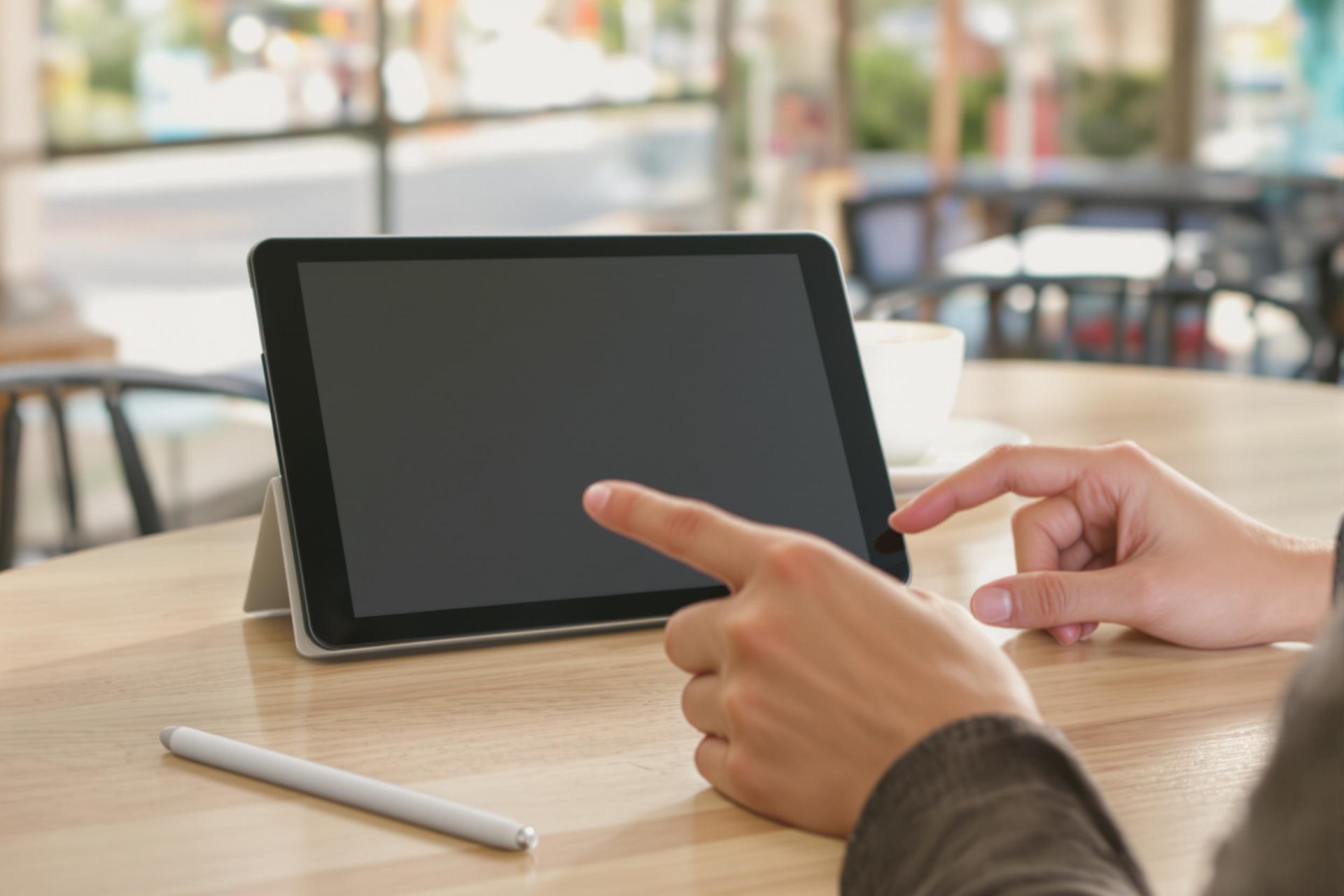Key Takeaways
- The Viwoods AI Paper is a digital notebook featuring an eye-friendly e-ink screen, stylus, and built-in AI assistant.
- It runs Android and allows access to the Google Play Store, expanding its use beyond basic note-taking and reading.
- Key features include a high-resolution (300 PPI) Carta 1300 e-ink display, versatile writing/drawing tools, and unique AI capabilities like screen interpretation.
- While offering a bright screen and good writing feel, potential drawbacks include faster battery drain due to Android and noticeable screen ghosting.
- It’s positioned as a strong competitor to devices like the Remarkable and Kindle Scribe, especially for students and professionals focused on organization and focused work.
Meet the Viwoods AI Paper, a tablet that swaps a typical bright screen for a paper-like e-ink display. It’s designed primarily as a digital notebook, complete with a stylus for writing and drawing directly on the screen.
Unlike some digital notebooks, this one runs on Android and lets you install the Google Play Store. This means you can add familiar apps like Kindle, Google Drive, or Microsoft 365, making it more versatile than just a note-taker.
Viwoods, though a relatively new company, has delivered a compelling device. The AI Paper is offered in a large 10.65-inch version and a smaller 8.2-inch Mini, which includes a backlight missing on the larger model.
The core appeal lies in its e-ink screen. Viwoods uses a Carta 1300 display, noted for good contrast. According to a review by IGN, the screen looks notably bright and white compared to some competitors, offering crisp text and images thanks to its high 300 PPI resolution.
E-ink technology is inherently easy on the eyes because it doesn’t need a constant backlight like LCD or OLED screens. Once an image or text is displayed, it stays put without using much power, mimicking the look and feel of real paper.
While Play Store access adds flexibility, the slower refresh rate of e-ink naturally discourages time-wasting activities like watching videos or endlessly scrolling social media, helping maintain focus.
A standout feature is its integrated AI. A dedicated button summons an AI assistant (powered by ChatGPT) that can analyze content on the screen, summarize articles, transcribe handwritten notes, or generate text based on prompts.
This AI integration goes beyond simple text prompts, allowing it to understand and work with whatever is currently displayed, which can be particularly useful for students needing summaries or study aids from assigned readings.
Note-taking is well-supported with numerous templates, from lined paper to music notation. You can choose different digital pens and tools, including a pressure-sensitive stylus using Wacom EMR tech, which doesn’t require batteries.
Drawing capabilities are surprisingly strong, aided by features like tilt detection for shading and the ability to automatically perfect drawn shapes by holding the stylus briefly. Notes can be tagged for easy searching, and layers allow for complex drawings or annotations.
Naturally, it serves as an excellent e-reader for PDFs and EPUBs, and installing the Kindle app grants access to your Amazon library. Reading on the high-resolution e-ink screen feels very close to reading on paper.
Getting documents onto the device is flexible, via web sync, direct USB connection, email, or cloud services.
Battery life is decent but not exceptional for an e-ink device, lasting about a week with moderate daily use (assuming WiFi is off). The Android system and its background processes consume more power than simpler e-readers. It does hold a charge well in standby, lasting up to a month.
IGN’s testing found the writing experience to be good, with a slight screen texture providing feedback. While not identical to paper, it feels more natural than writing on a glass tablet screen.
The device isn’t perfect. Some users might notice “ghosting,” where faint traces of previous images remain briefly. This is common with e-ink but can be cleared easily with a screen refresh. Different refresh modes are available, but they can soften the image quality.
Viwoods is actively updating the software, adding features and improvements. However, it might still lack some advanced functions found in more established competitors.
Overall, the Viwoods AI Paper presents a strong option for anyone seeking a digital tool to enhance organization, note-taking, reading, and focused work, minimizing the distractions and eye strain associated with traditional tablets.



